Increased Demand for Automation
The Pneumatic Tube System Market is experiencing a notable surge in demand for automation across various sectors, particularly in healthcare and logistics. As organizations strive to enhance operational efficiency, the integration of pneumatic tube systems facilitates rapid and reliable transportation of materials, such as medications and documents. This trend is underscored by a projected growth rate of approximately 7% annually, driven by the need for streamlined processes. Automation not only reduces human error but also minimizes the time taken for material transfer, thereby improving overall productivity. Consequently, the Pneumatic Tube System Market is poised to benefit from this increasing inclination towards automated solutions, as businesses recognize the value of investing in advanced transport systems.
Focus on Space Optimization in Facilities
The need for space optimization in various facilities is emerging as a key driver for the Pneumatic Tube System Market. As urbanization increases and real estate costs rise, organizations are compelled to maximize the utility of their available space. Pneumatic tube systems provide a compact and efficient means of transporting materials without requiring extensive floor space. This is particularly advantageous in hospitals and large commercial buildings, where space is at a premium. Recent studies indicate that the implementation of pneumatic systems can lead to a 30% reduction in the footprint required for material transport. Consequently, the Pneumatic Tube System Market is likely to see growth as more facilities adopt these systems to enhance their operational efficiency while optimizing their spatial resources.
Rising Healthcare Infrastructure Investments
Investments in healthcare infrastructure are significantly influencing the Pneumatic Tube System Market. Governments and private entities are allocating substantial resources to enhance healthcare facilities, which includes the installation of advanced pneumatic tube systems. These systems are essential for efficient intra-hospital logistics, ensuring timely delivery of critical supplies. Recent data indicates that healthcare spending is expected to rise by 5% annually, with a considerable portion directed towards upgrading existing infrastructure. This trend not only supports the growth of the Pneumatic Tube System Market but also emphasizes the importance of reliable transport solutions in modern healthcare settings. As facilities expand and evolve, the demand for pneumatic tube systems is likely to increase, reflecting the industry's pivotal role in supporting healthcare operations.
Technological Advancements in Pneumatic Systems
Technological advancements are playing a crucial role in shaping the Pneumatic Tube System Market. Innovations such as smart sensors, real-time tracking, and automated sorting mechanisms are enhancing the functionality and efficiency of pneumatic tube systems. These advancements enable facilities to monitor the status of transported items, thereby improving accountability and reducing delays. The market is projected to grow as these technologies become more prevalent, with an estimated increase of 6% in adoption rates over the next few years. As organizations seek to leverage these technologies for improved operational efficiency, the Pneumatic Tube System Market stands to gain from the ongoing evolution of system capabilities, which may lead to more sophisticated and user-friendly solutions.
Growing Need for Efficient Supply Chain Solutions
The increasing complexity of supply chains is driving the demand for efficient transport solutions, thereby impacting the Pneumatic Tube System Market. As businesses seek to optimize their supply chain operations, pneumatic tube systems offer a viable solution for rapid and secure transportation of goods. This is particularly relevant in sectors such as retail and manufacturing, where timely delivery is critical. Market analysis suggests that the demand for such systems could rise by approximately 8% as companies prioritize efficiency and reliability in their logistics. The Pneumatic Tube System Market is likely to benefit from this trend, as organizations recognize the advantages of integrating pneumatic solutions into their supply chain strategies.


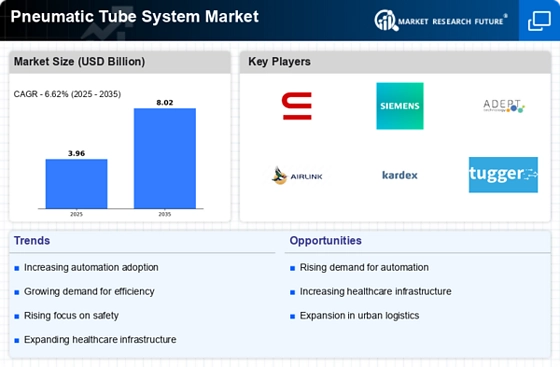
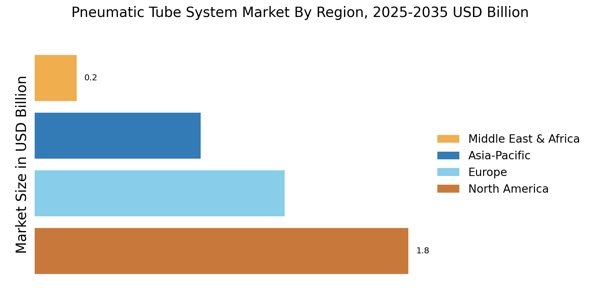

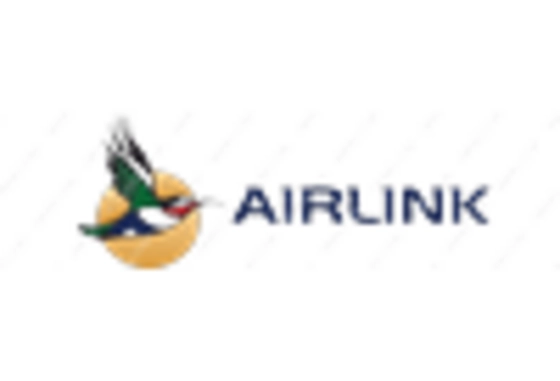
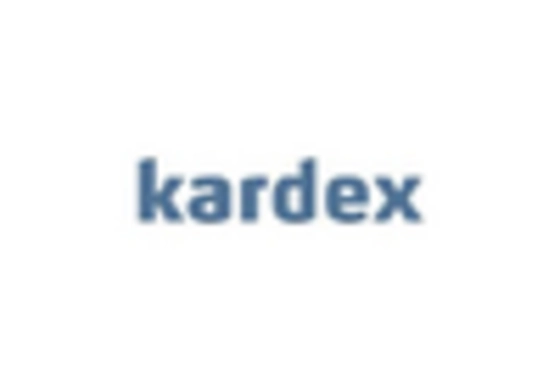

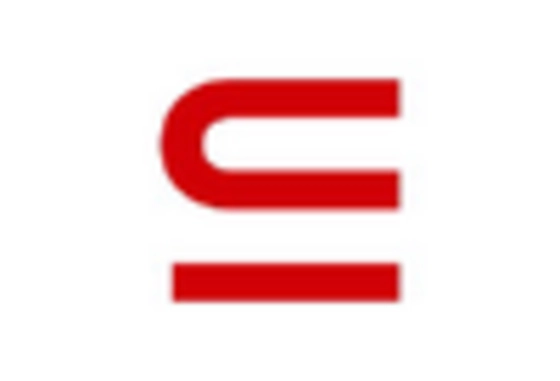
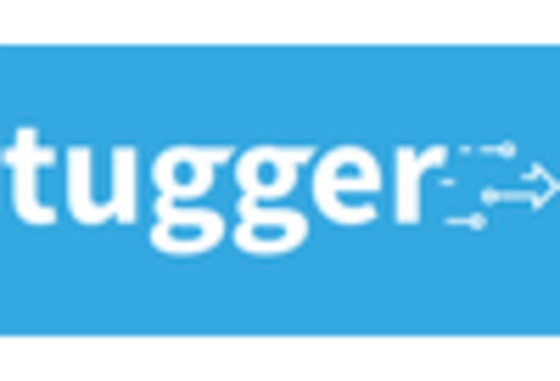








Leave a Comment